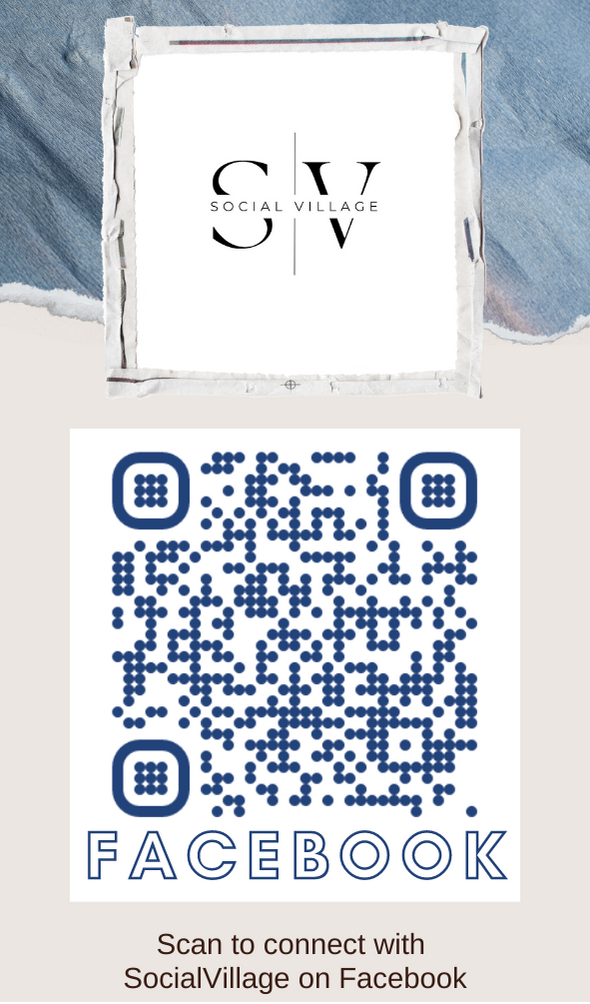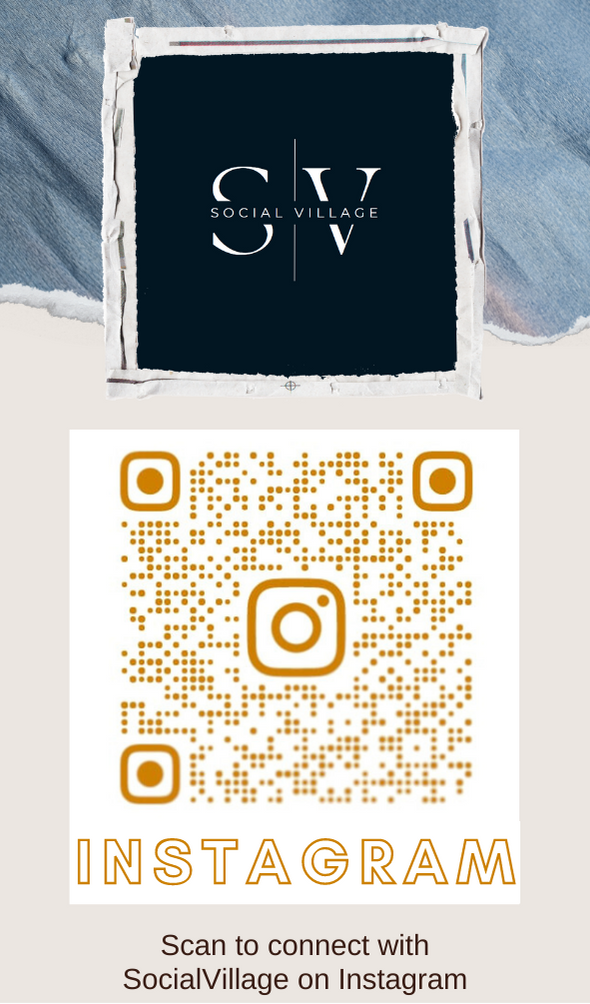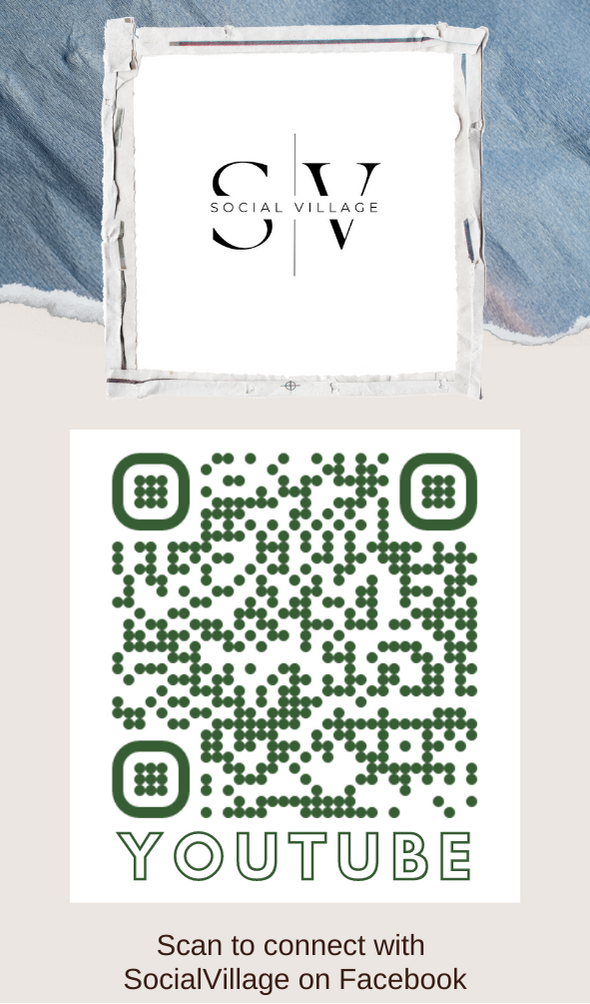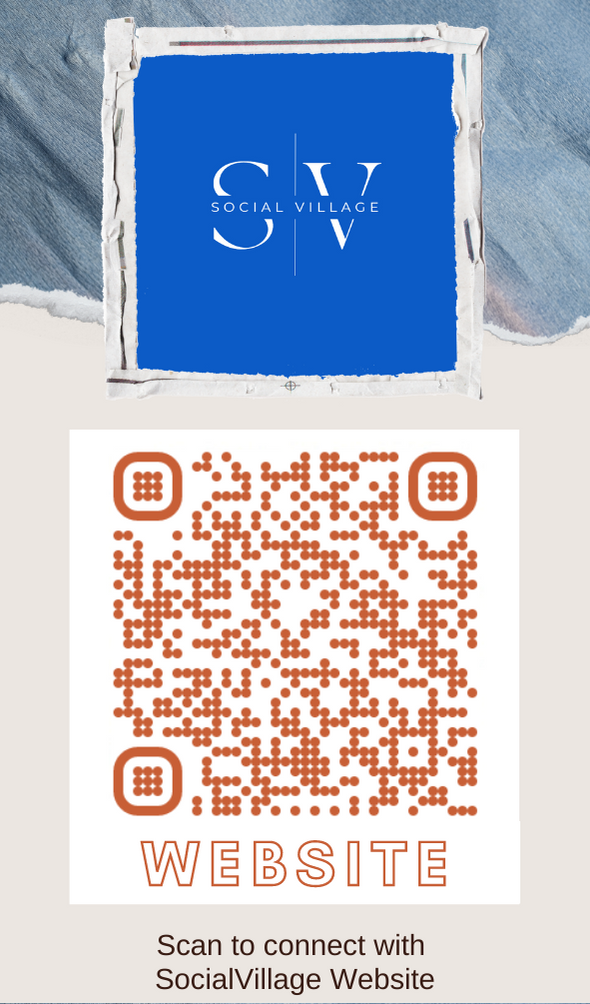10 Good ways to keep up with your fine dining skills!
Introduction
People are often subjected to situations that require them eat in an orderly fashion, much unlike their traditional way of eating with their hands. Table manners are simple but, are very essential to maintain amongst the kind of company one has during business and other meetings. Unless with family, one is expected to maintain certain decorum while eating. The easiest table "rules" are overlooked not because they are hard to follow, but because they are not know to the most of us. These are not in order but keep all in mind when going somewhere for a meal.
1. Elbows off the table.
As comfortable as we might me with supporting our body by placing our elbows on the table, it is one of the most important and mostly overlooked table practice. Place your hands on your lap until the food arrives and when it does, simply rest your wrists on the table allowing movement in your hands for you to eat and yet not breaking the rule of no elbows on the table!
2. Which glass is mine and which side is my side plate?
A simple trick I learnt from a book was to join both your index fingers to your thumbs. Looking at both your hands on, you will see the left hand making a 'b' which would show you that your bread is on that side (side plate) and your right hand would make a 'd' showing you that your drink is on your right hand side. This comes in handy when you don't know if you took a sip from someone else's drink.
3. Which spoon do you pick up first?
When have a multiple course meal and having to deal with the extensive outlay of cutlery all at once, you must remember that you must work your way in from the outermost to the innermost. Although, we don't have to deal with all this cutlery unless we are fine dining.
4. The use of the napkin.
The napkin is always mistaken for using it to clean your mouth but, it is wrong to do so. The napkin is to shield your clothes from getting dirty by the food. So, the correct use of the napkin is to open it and place it on your lap so that if any food falls, your clothes are safe. I look at the napkin like a grown up's bib.
5. When to start eating.
If you have been invited by someone to attend a fine dining event or even a simple meal, you mustn't start eating until the hosts have started to eat their food. These are also small but important details for dining.
6. How to have your drink.
A drink is present in your meal only to accompany the dish and help you to soften the food and make it easier for you to eat. It is not present as a taste oriented element. It is meant to be sipped and not gulped. You must take small sips that can be frequent if you wish.
7. Having the soup.
When drinking from a spoon, one must keep in mind the skill to having something from a spoon. The trick is to collect the soup, bring the spoon to your mouth, slightly tilt it and allow the soup to travel on the spoon to your mouth. You must keep in mind to not put the bowl of the spoon entirely inside your mouth as this may cause some of the soup to escape from the spoon and fall elsewhere.
v8. How to arrange your cutlery in the middle of a meal.
If you are in a situation where you are in the middle of courses but wish to leave the table to visit the washroom or get away for a bit, and you do not wish for your plate to be taken away, simply place your cutlery forming an 'X' to indicate that you are not done with it.
9. How to arrange your cutlery when you are done.
Once you have finished your meal, placing your cutlery is an important aspect. Place your spoon in the middle, your fork on the left hand side with the knife facing inwards (rugged edge in) and this will tell the server that your plate is ok to be picked up.
10. Your grip for your cutlery.
This is very important as it must be done sophistically. The knife is always to be held in the right hand and the fork in the left. When using a spoon and a fork, make sure the spoon is in the right hand and the fork still remains in the left. Make sure you hold the cutlery like a traditional pen hold grip and not by wrapping all your fingers around it. Conclusion
Hope this helps! Use and practice these in your daily life to get into the habit of having great table manners and impress your friends, family and business associates!






